- Home
- Products
- Winch Series
- IYJ Series Ordinary Winch
- IYJ-N Series Integrated Hydraulic Winch
- IYJ-L Series Hydraulic Winch With Free Fall Function
- IYJ-ZZ Series Manned Hydraulic Winch With Dual Brake
- IDJ Series Electric Winch
- HW Series Winch For Vehicle
- I*J-C Series Mooring Winch
- I*JP Series Winch For Marine
- IYM Series Hydraulic Anchor Winch
- Other Ship Application Winch Series
- I*J--C Mooring Winch Series
- Planetary Gearbox
- Slewing Drives
- Transmission Drives
- Hydraulic Motor
- Hydraulic Pump
- Hydraulic System
- Travel Drive
- Winch Series
- Project
- Service
- About
- News
- Contact
REQUEST A QUOTE
CATEGORY
HIGHLIGHTS
- IYJ Series Ordinary Winch
- IYJ-N Series Integrated Hydraulic Winch
- IYJ-L Series Hydraulic Winch With Free Fall Function
- IYJ-ZZ Series Manned Hydraulic Winch With Dual Brake
- IDJ Series Electric Winch
- HW Series Winch For Vehicle
- I*J-C Series Mooring Winch
- I*JP Series Winch For Marine
- IYM Series Hydraulic Anchor Winch
- Other Ship Application Winch Series
- IA6V Series Axial Piston Variable Displacement Motor
- INM Series Radial Piston Hydraulic Motor
- IPM Series Radial Piston Hydraulic Motor
- IMB Series Radial Piston Hydraulic Motor
- IMC Series Radial Piston Hydraulic Motor
- IGC Series Planetary Gearbox By Casing Rotating
- IGC-J Series Planetary Gearbox By Axial Rotating
- IGC-BB Series Planetary Gearbox With Dual Brakes
- IYH Series Hydraulic Slewing Drive
- IGH Series Hydraulic Slewing Drive
- ITM Series Track Motor
- IGT Series Track Motor
Web Menu
- Home
- Products
- Winch Series
- IYJ Series Ordinary Winch
- IYJ-N Series Integrated Hydraulic Winch
- IYJ-L Series Hydraulic Winch With Free Fall Function
- IYJ-ZZ Series Manned Hydraulic Winch With Dual Brake
- IDJ Series Electric Winch
- HW Series Winch For Vehicle
- I*J-C Series Mooring Winch
- I*JP Series Winch For Marine
- IYM Series Hydraulic Anchor Winch
- Other Ship Application Winch Series
- I*J--C Mooring Winch Series
- Planetary Gearbox
- Slewing Drives
- Transmission Drives
- Hydraulic Motor
- Hydraulic Pump
- Hydraulic System
- Travel Drive
- Winch Series
- Project
- Service
- About
- News
- Contact
Product Search
Exit Menu
Application
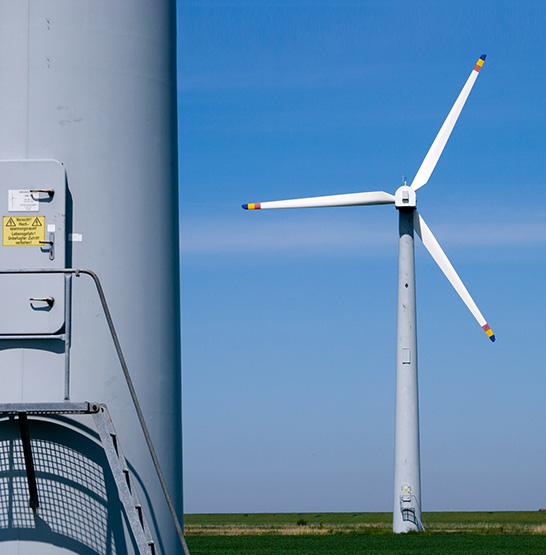
Environment Protection
The working principle of the wind power hydraulic system is to convert wind energy into mechanical energy, and then convert the mechanical energy into electrical energy through hydraulic transmission.
When the wind turbine blades are driven by the wind to rotate, the mechanical energy of the rotation is converted into hydraulic energy through the hydraulic pump, and the hydraulic energy is stored in the hydraulic tank. Then, the hydraulic flow direction is controlled through the hydraulic valve, and the hydraulic energy is transferred to the hydraulic motor or hydraulic cylinder, which then drives the generator to rotate and generate electrical energy.
2. Composition of wind power hydraulic system
The main components of a wind power hydraulic system include:
Hydraulic pump: Responsible for converting mechanical energy into hydraulic energy and sending hydraulic oil into the system.
Hydraulic motor: converts hydraulic energy into mechanical energy to drive the generator to rotate.
Hydraulic valve: used to control the working status and parameters of the hydraulic system, including flow, pressure, direction, etc.
Hydraulic cylinder: Optional component used to control the adjustment of wind turbine blades to optimize the efficiency of capturing wind energy.
Hydraulic oil tank: stores hydraulic oil to ensure lubrication and cooling of the system.
Controller: used to monitor and control the working status of the hydraulic system to achieve automated control.
Related Product
PRODUCTS
CONTACT INFO.
-
+86-574-8611 5136
+86-159 9053 6851
+86-187 6852 1709
+86-187 6852 1017 - +86 159 9053 6851
- iniexport@china-ini.com
- No.288 Batouxi Road, Beilun District Ningbo City, Zhejiang, China
Copyright © 2023 INI Hydraulic Co., Ltd. All Rights Reserved.
 China INI Hydraulic Machinery Accessory Manufacturers
China INI Hydraulic Machinery Accessory Manufacturers
 China INI Hydraulic Machinery Accessory Manufacturers
China INI Hydraulic Machinery Accessory Manufacturers
 TOP
TOP
 ENG
ENG
 English
English русский
русский Español
Español

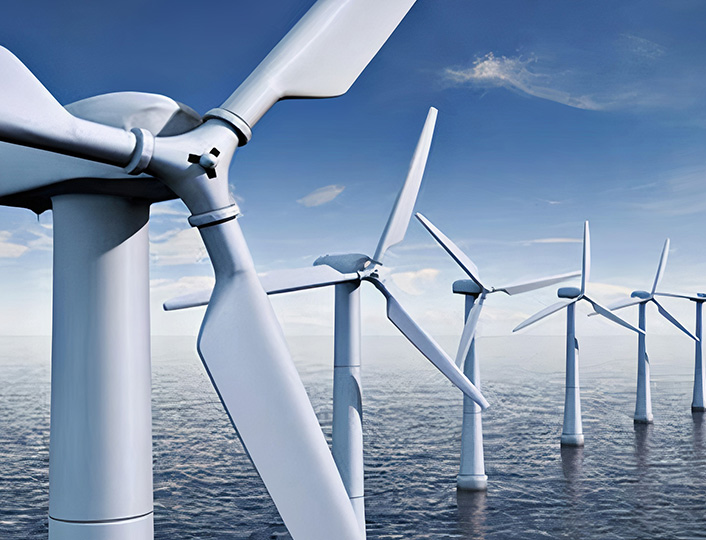
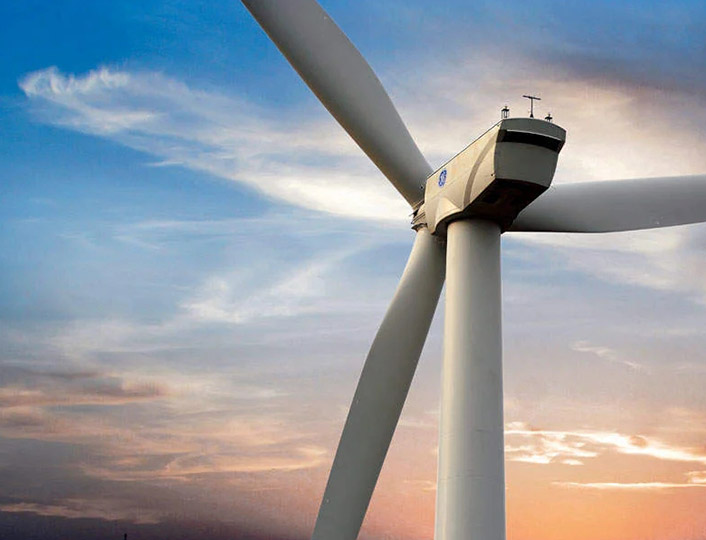
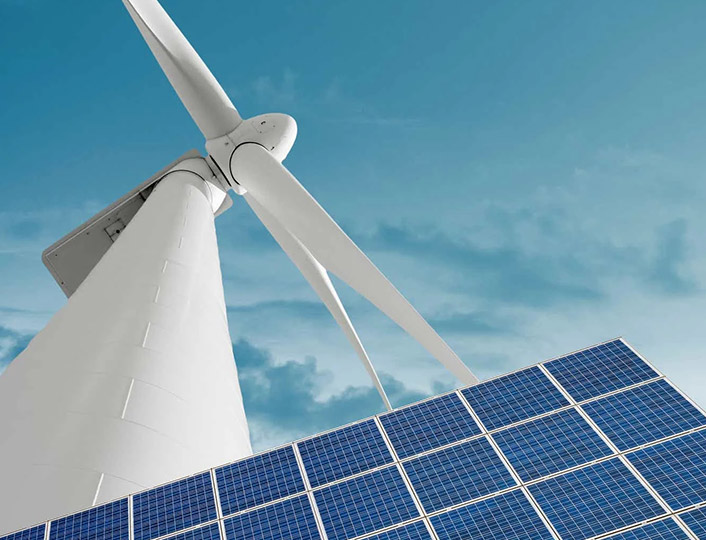
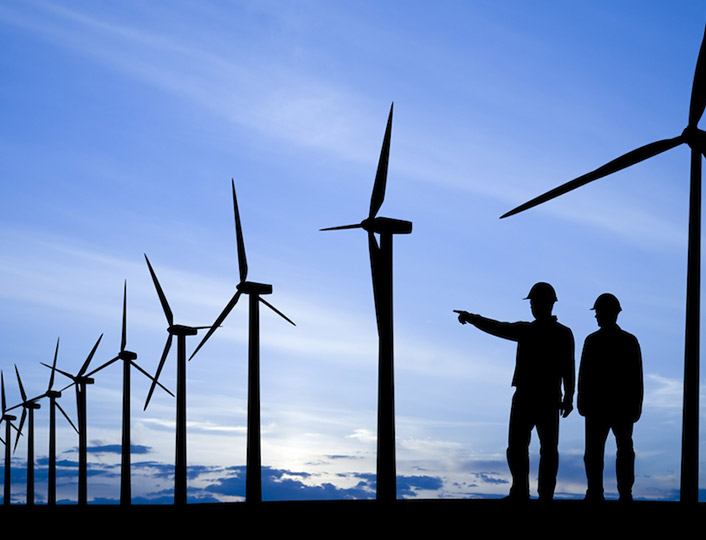

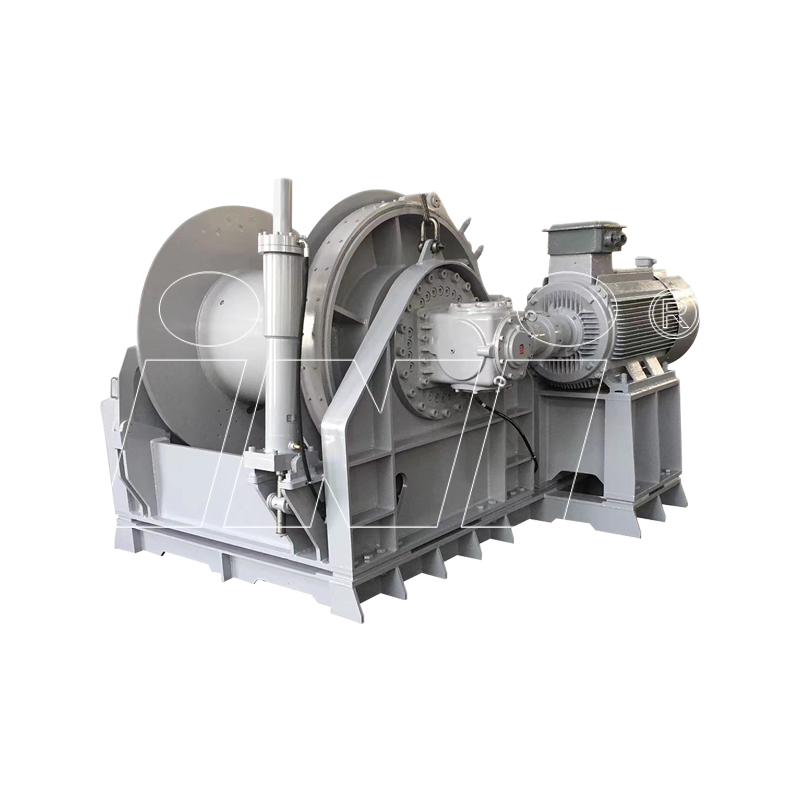

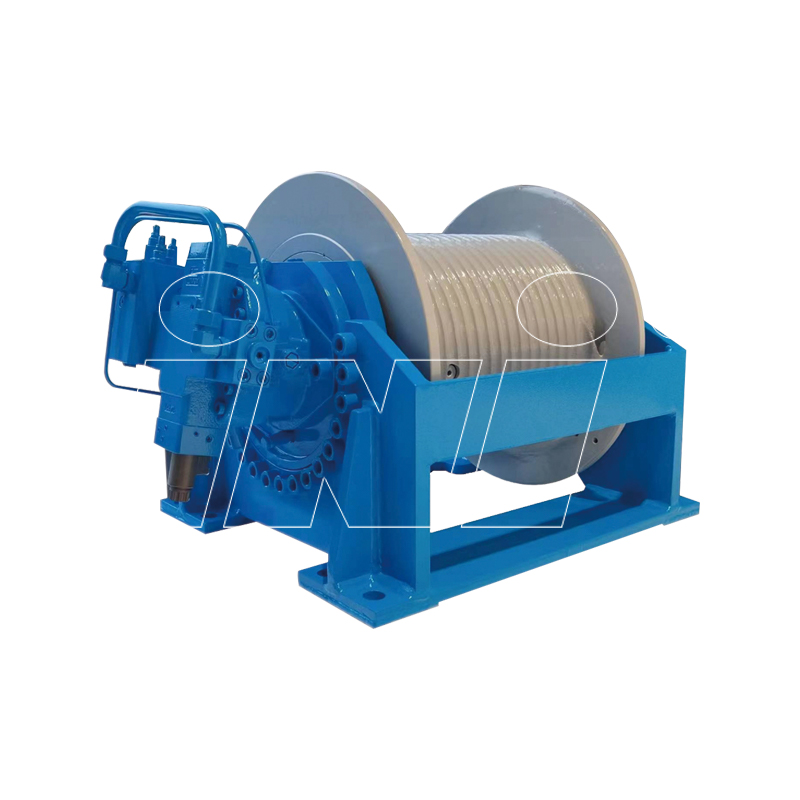
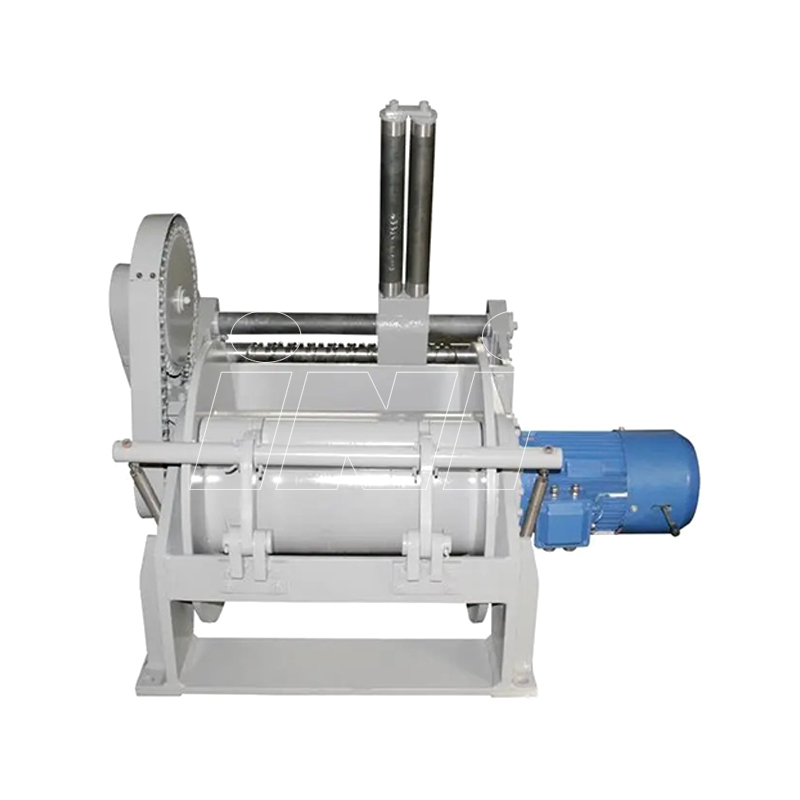
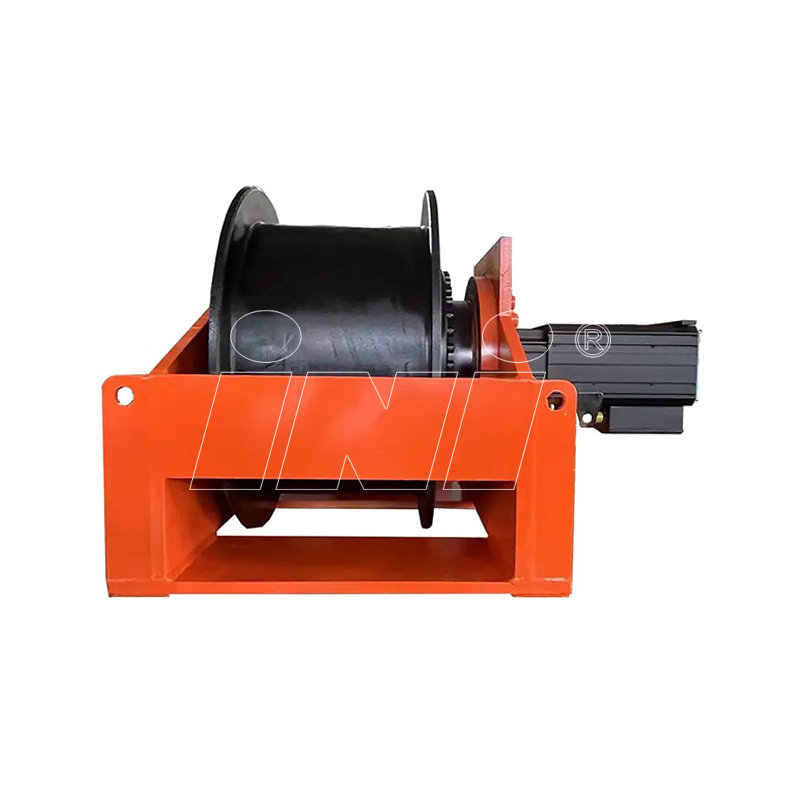

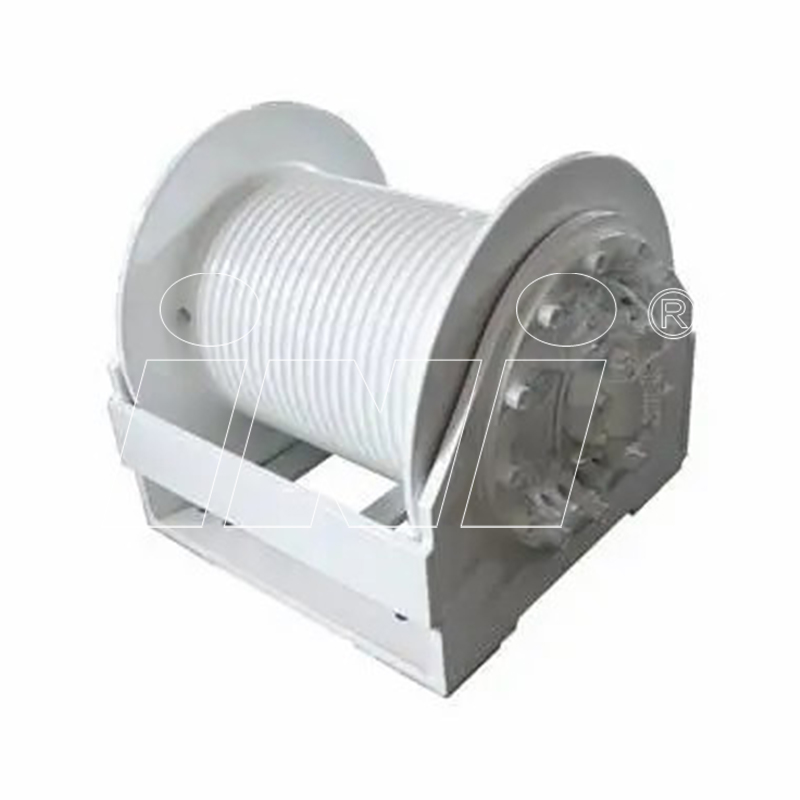
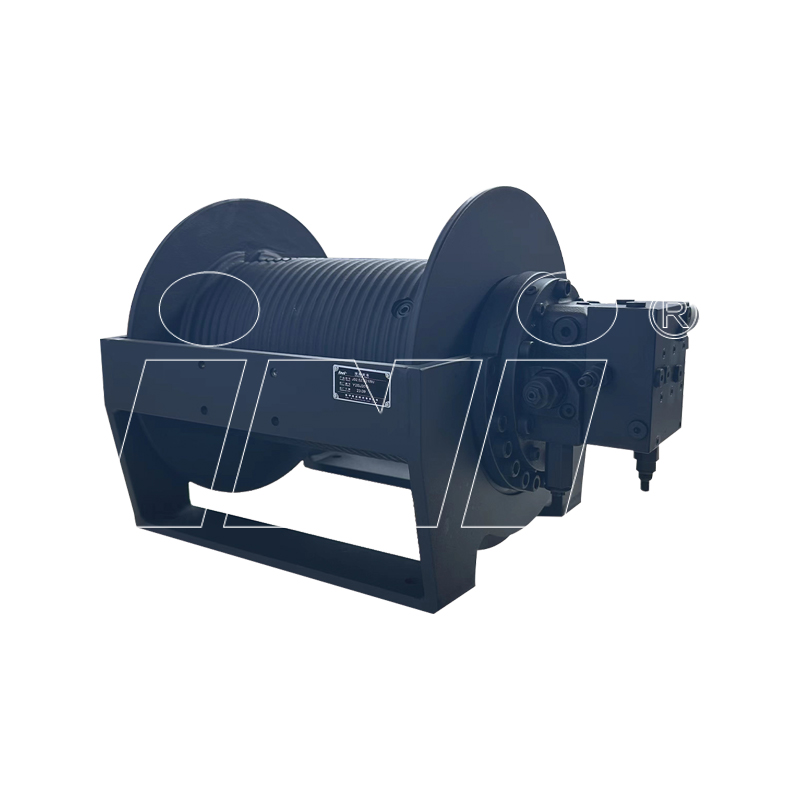
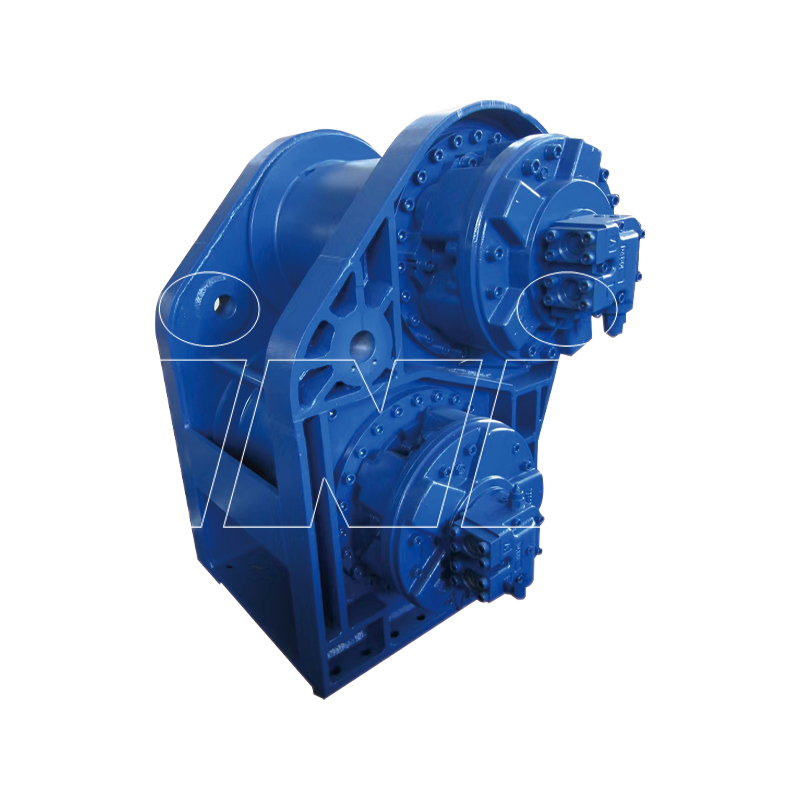
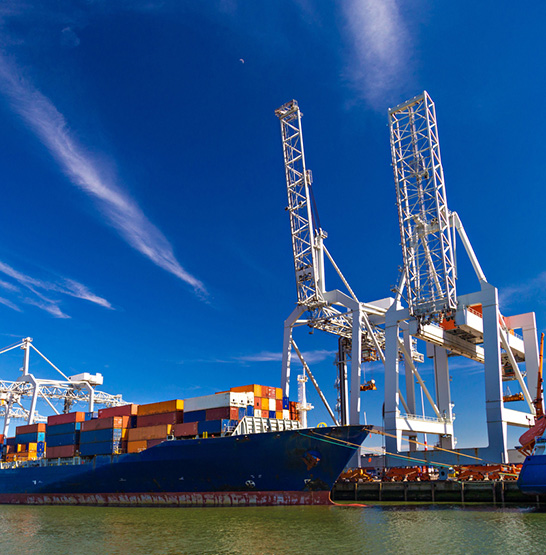
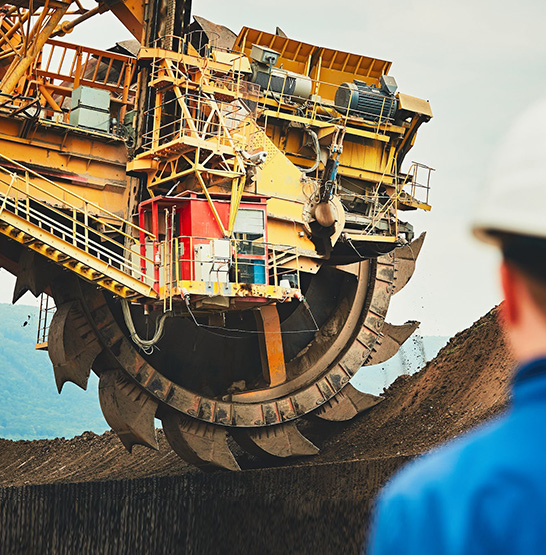
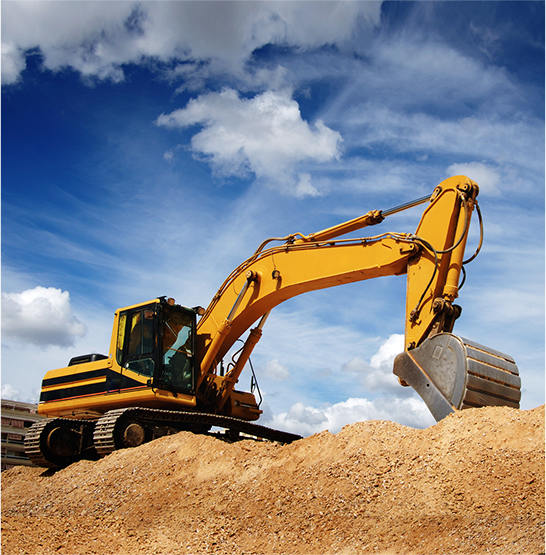
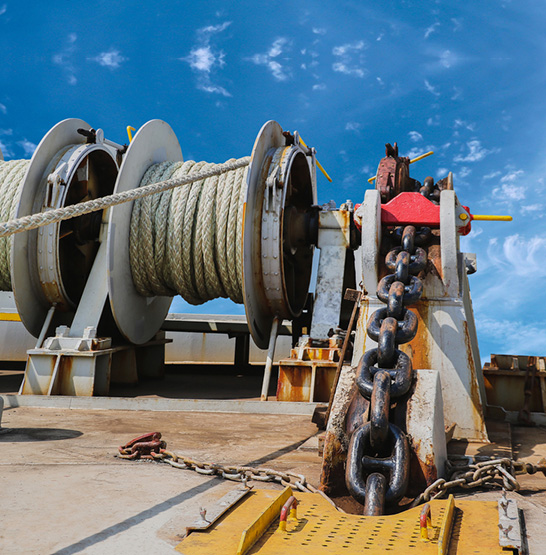
 English
English русский
русский Español
Español